
While most people argue about the best pizza or coffee, urban planners and city dwellers worldwide have found something far more sophisticated to debate: which city offers the ultimate quality of life?
The 2025 Global Liveability Index has delivered its verdict, and Copenhagen has officially dethroned Vienna from its 3-year reign as the world’s most liveable city.
10 Most Livable Cities
The Economist Intelligence Unit’s comprehensive assessment of 173 cities across the globe reveals fascinating shifts in urban excellence.
Here are the top 10 most livable cities according to the assessment.
1. Copenhagen, Denmark
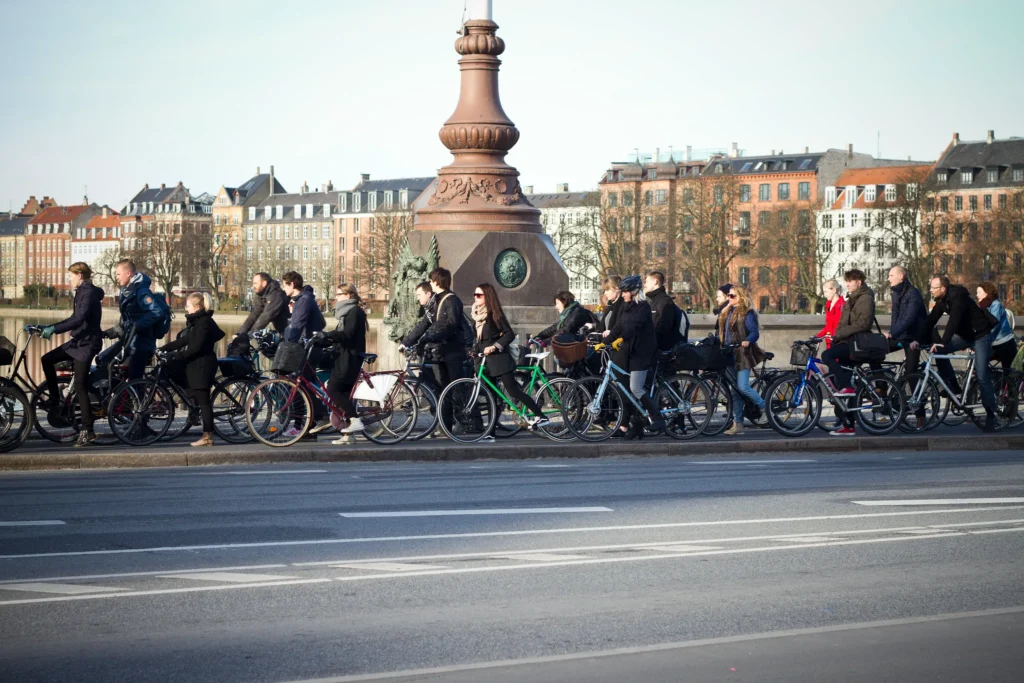 Bicycle Rush Hour Copenhagen; Photo- Mikael Colville-Andersen | Flickr
Bicycle Rush Hour Copenhagen; Photo- Mikael Colville-Andersen | FlickrCopenhagen has ascended to the pinnacle of global liveability, earning this prestigious recognition through exceptional performance across multiple categories.
The Danish capital achieved outstanding scores in stability, education, and infrastructure, demonstrating why Scandinavian cities consistently rank among the world’s finest urban environments.
Copenhagen’s commitment to sustainable urban planning, extensive cycling infrastructure, and robust social welfare systems creates an environment where residents enjoy both quality of life and environmental consciousness.
The city’s remarkable public transportation network, combined with its dedication to green spaces and pedestrian-friendly design, establishes Copenhagen as a model for modern urban development.
The Danish capital’s emphasis on work-life balance, supported by progressive social policies and cultural amenities, contributes significantly to its residents’ overall satisfaction and well-being.
2. Vienna, Austria
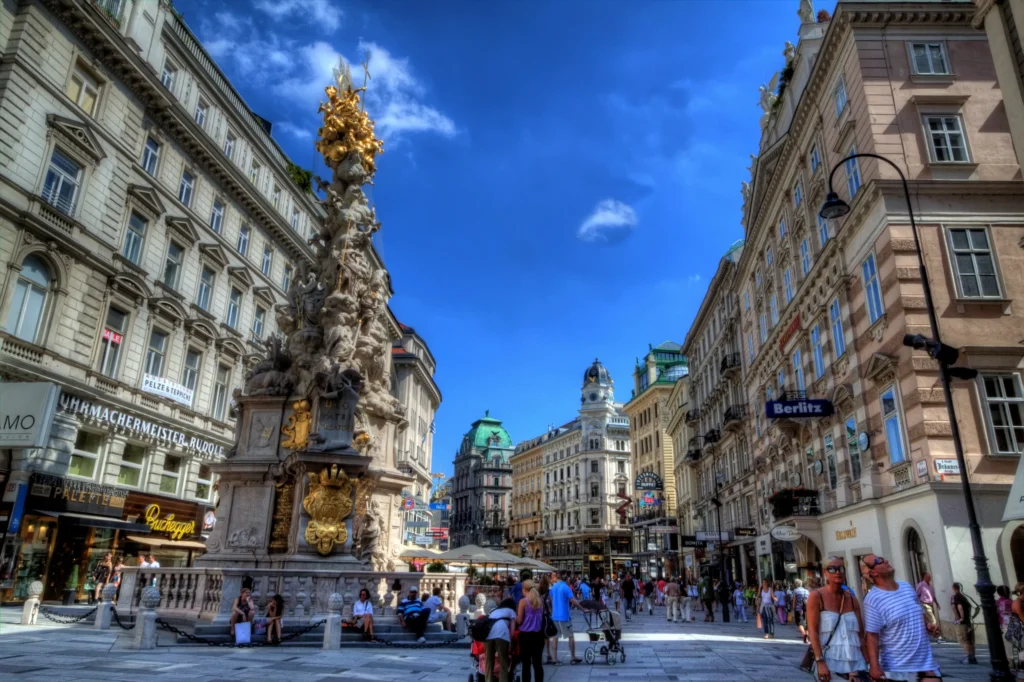 Austria; Photo- Clark and Kim Kays | Flickr
Austria; Photo- Clark and Kim Kays | FlickrVienna, the former 3-time champion, now shares second place after experiencing a decline in its stability ranking. The Austrian capital maintained perfect scores in education, infrastructure, and healthcare, demonstrating its continued excellence in fundamental urban services.
The security concerns and incidents that disrupted major events contributed to a lowered stability assessment, costing Vienna its top position.
Despite this setback, Vienna remains an exceptional example of urban excellence, with its rich cultural heritage, world-class healthcare system, and outstanding educational institutions. The city’s architectural beauty, extensive public services, and commitment to social housing continue to make it one of Europe’s most desirable places to live.
3. Zurich, Switzerland
 Photo- Switzerland Tour
Photo- Switzerland TourZurich ties with Vienna for second place, showcasing Switzerland’s commitment to urban excellence through meticulous planning and exceptional quality of life standards. The Swiss financial capital combines economic prosperity with environmental sustainability, creating an urban environment that balances commercial success with residential satisfaction.
Zurich’s exceptional public transportation system, pristine urban spaces, and robust infrastructure demonstrate Swiss precision in city management.
The city’s strategic location, nestled between Lake Zurich and the Swiss Alps, provides residents with both urban amenities and natural beauty. Zurich’s emphasis on cleanliness, safety, and efficient public services establishes it as a benchmark for other European cities seeking to improve their liveability standards.
4. Melbourne, Australia
 Flinders Street Station in Melbourne; Photo- Wikipedia
Flinders Street Station in Melbourne; Photo- WikipediaMelbourne stands proudly as the only non-European city in the top 5, representing the Southern Hemisphere’s urban excellence on the global stage. The Australian cultural capital earned its position through exceptional performance in culture, education, and infrastructure, demonstrating that geographical distance from traditional urban centres does not diminish the quality of life potential.
Melbourne’s vibrant arts scene, diverse culinary landscape, and extensive public transportation network create an environment where creativity and practicality coexist harmoniously. The city’s commitment to multiculturalism, combined with its temperate climate and extensive green spaces, makes it an attractive destination for residents seeking both urban sophistication and natural beauty.
5. Geneva, Switzerland
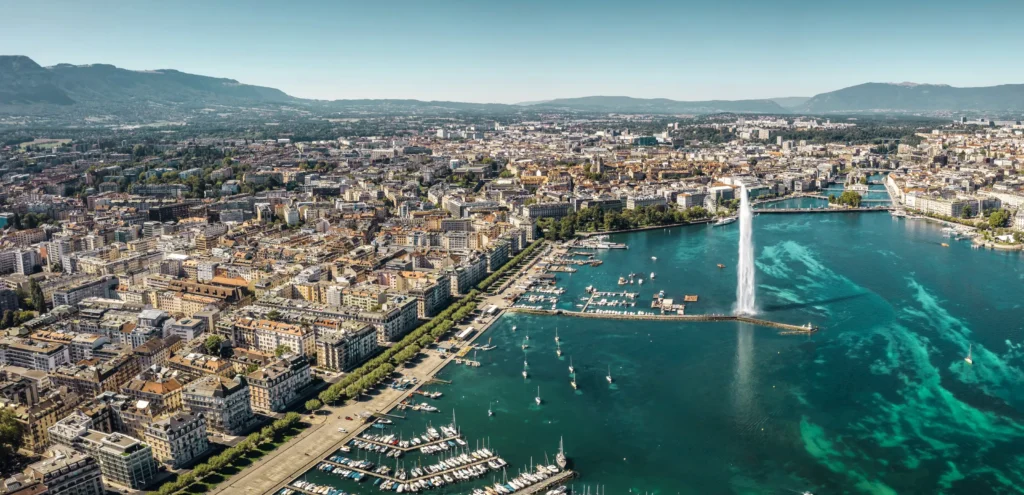 Photo- Switzerland Tourism
Photo- Switzerland TourismGeneva secures fifth place, giving Switzerland an impressive two cities in the top five rankings. The international city benefits from its status as a global diplomatic hub while maintaining exceptional standards in healthcare, education, and infrastructure. Geneva’s unique position as home to numerous international organisations contributes to its cosmopolitan atmosphere and cultural diversity.
The city’s location on Lake Geneva, surrounded by the Alps and Jura mountains, provides residents with stunning natural scenery alongside urban amenities. Geneva’s commitment to multilingualism, international cooperation, and environmental sustainability creates an urban environment that appeals to global citizens seeking quality of life excellence.
6. Sydney, Australia
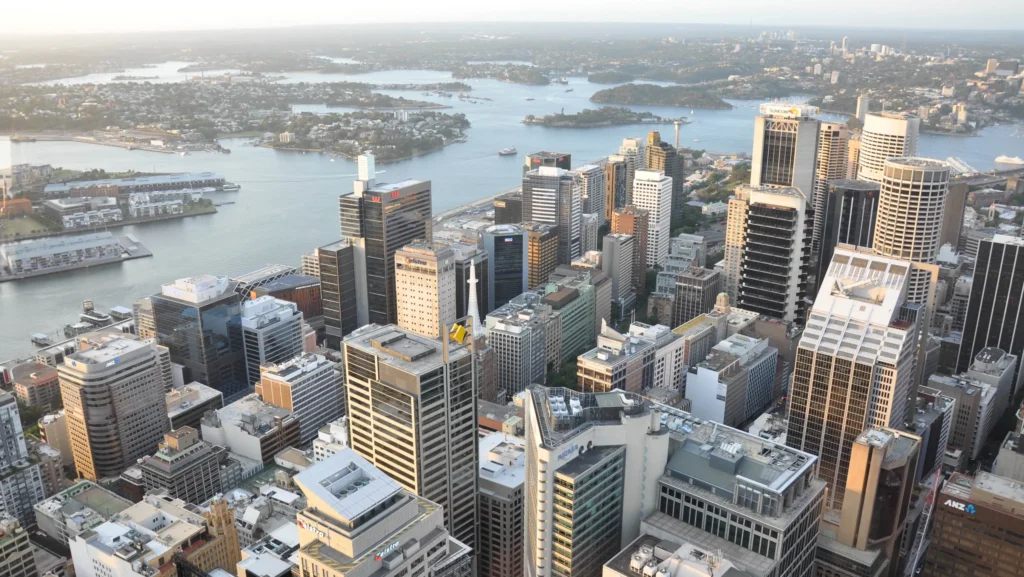 Photo- Jorge Láscar from Melbourne, Australia; Wikimedia Commons
Photo- Jorge Láscar from Melbourne, Australia; Wikimedia CommonsSydney claims sixth place, reinforcing Australia’s strong representation in global liveability rankings. The harbour city combines natural beauty with urban sophistication, offering residents access to world-class beaches, iconic landmarks, and diverse cultural experiences.
Sydney’s robust economy, excellent healthcare system, and commitment to an outdoor lifestyle contribute significantly to its high liveability score.
The city’s extensive public transportation network, vibrant neighbourhoods, and emphasis on work-life balance create an environment where residents can enjoy both professional opportunities and recreational activities. Sydney’s multicultural population and thriving arts scene add to its appeal as a globally competitive urban destination.
7. Osaka, Japan
 Photo- Japan | Pexels
Photo- Japan | PexelsOsaka represents Asia’s highest-ranking entry in the top 10, showcasing Japanese urban planning excellence and cultural richness. The city’s efficient public transportation system, exceptional healthcare infrastructure, and commitment to safety create an environment where residents enjoy both convenience and security.
Osaka’s rich culinary tradition, combined with its modern urban amenities, demonstrates how traditional culture can coexist with contemporary urban development.
The city’s strategic location, economic opportunities, and emphasis on community harmony contribute to its residents’ overall satisfaction. Osaka’s dedication to technological innovation while preserving cultural heritage makes it a unique example of successful urban evolution in the Asian context.
8. Auckland, New Zealand
 Waiheke, Auckland city, New Zealand; Photo- Wikipedia
Waiheke, Auckland city, New Zealand; Photo- WikipediaAuckland secures eighth place, representing New Zealand’s commitment to sustainable urban development and quality of life excellence. The city’s stunning harbour setting, combined with its diverse neighbourhoods and outdoor lifestyle opportunities, creates an environment where residents can enjoy both urban amenities and natural beauty.
Auckland’s emphasis on environmental sustainability and community engagement contributes significantly to its liveability appeal.
The city’s growing reputation as a technology hub, combined with its relaxed lifestyle and cultural diversity, makes it an attractive destination for residents seeking work-life balance. Auckland’s commitment to indigenous culture recognition and environmental protection demonstrates progressive urban planning principles.
9. Adelaide, Australia
 Photo- Green Adelaide
Photo- Green AdelaideAdelaide claims ninth place, further demonstrating Australia’s dominance in global liveability rankings. The South Australian capital earned recognition through its exceptional cultural scene, affordable living costs, and commitment to urban sustainability. Adelaide’s reputation as the “Festival City” reflects its vibrant arts and entertainment landscape, contributing to residents’ quality of life through diverse cultural experiences.
The city’s manageable size, combined with its proximity to wine regions and natural attractions, creates an environment where urban convenience meets regional charm. Adelaide’s emphasis on education, healthcare, and environmental sustainability establishes it as a model for mid-sized city development.
10. Vancouver, Canada
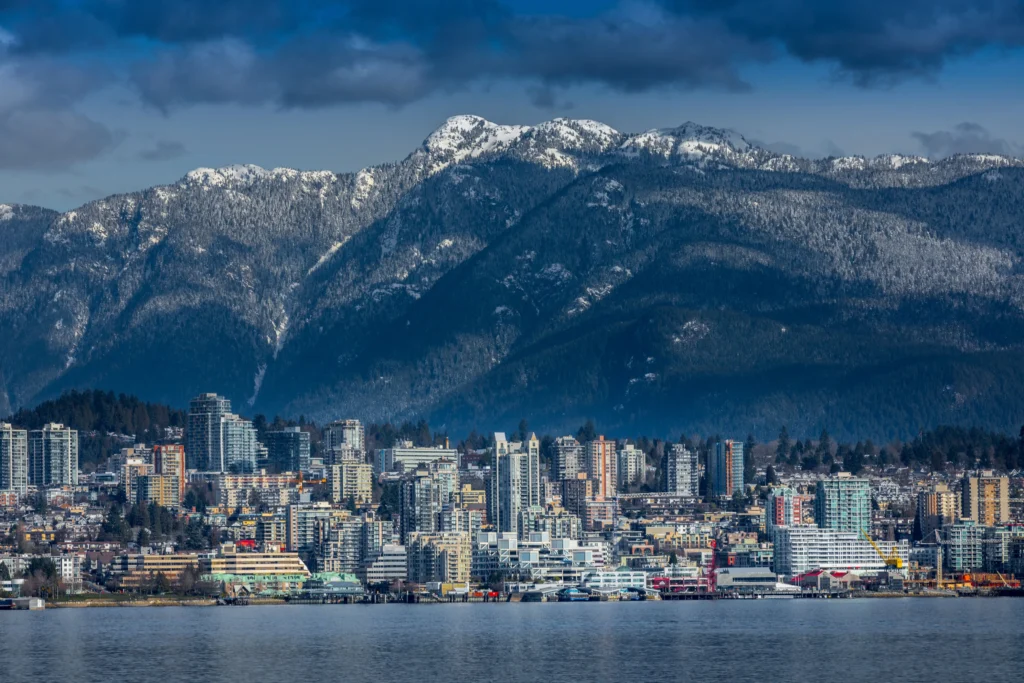 Photo: Lufthansa
Photo: LufthansaVancouver rounds out the top 10, representing North America’s continued presence in global liveability rankings despite regional challenges. The Canadian city benefits from its spectacular natural setting, multicultural population, and commitment to environmental sustainability. Vancouver’s combination of urban amenities with outdoor recreation opportunities creates an environment appealing to residents seeking both career advancement and lifestyle satisfaction.
The city’s emphasis on public transportation, green building practices, and cultural diversity demonstrates progressive urban planning principles. Vancouver’s ability to balance economic growth with environmental protection makes it a model for sustainable urban development in North America.
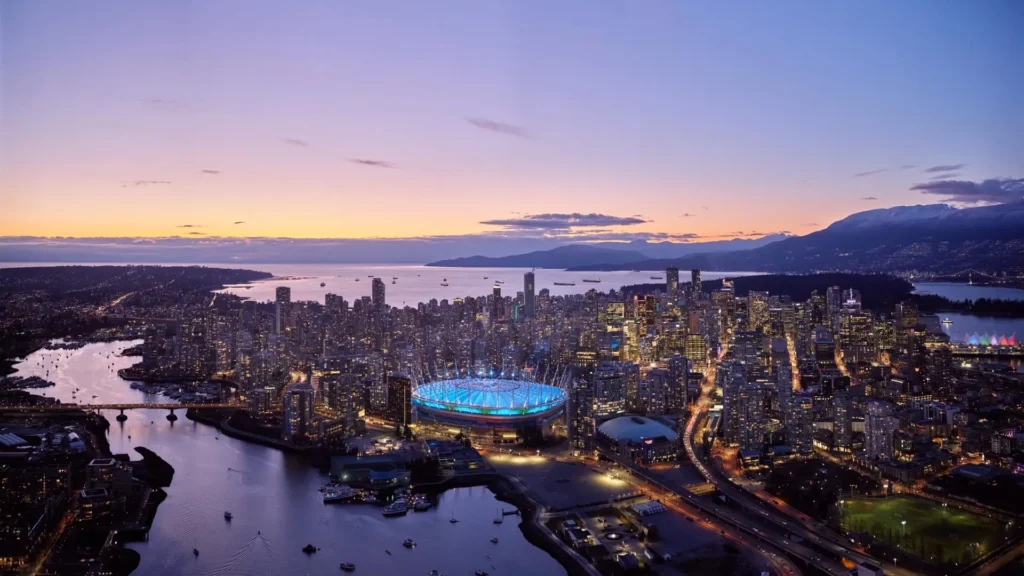 Vancouver, Canada; Photo- Destination Vancouver
Vancouver, Canada; Photo- Destination VancouverBottom Line
The 2025 Global Liveability Index reveals that urban excellence requires more than just good coffee shops and reliable Wi-Fi, though both certainly help.
Copenhagen’s rise to the top demonstrates that sustainable urban planning, social welfare, and infrastructure investment create environments where residents thrive rather than merely survive.
While Vienna may have lost its crown, the competition for urban supremacy continues to drive cities toward innovation and improvement.
Stay tuned with us. Further, follow us on social media for the latest updates.
Join us on Telegram Group for the Latest Aviation Updates. Subsequently, follow us on Google News
The 10 Best Countries to Live And Work Abroad in 2025
The post Top 10 Most Livable Cities in the World in 2025 appeared first on Aviation A2Z.

 5 miesięcy temu
5 miesięcy temu











